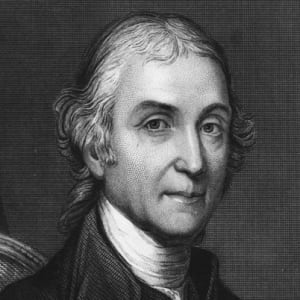
Joseph Priestley (1733 – 1804) is usually credited with the discovery of oxygen, which helped to overthrow the phlogiston theory that attempted to explain oxidation processes.
Priestly was born in Bristal Fieldhead, England into a family with a strong religious influence. Throughout his life he had no formal scientific training but his interest in science was aroused when he met Benjamin Franklin in London in 1766 and had discussions with him about electricity. He took to the subject quickly and the next year published a 700 page work, The History and Present State of Electricity, which went through five successful editions.
The work for which Priestley is most famous for was done in 1774. He would use a lens to focus sun rays to heat various chemicals and observe what gases they would emit. When he focused the sun rays on mercuric oxide he was able to capture the gas emitted. He tested this new gas on mice and noticed they would live much longer entrapped with this gas than with an equal amount of air. The gas was not soluble in water and candles burned much longer in it too. He had discovered oxygen. This work combined with that of Antoine Lavoisier’s further experiments helped to overthrow the theory of phlogiston.
Although Priestly was raised as a devoted Calvinist he came to reject those beliefs and increasing came to hold unpopular religious beliefs. In the last decade of his life he fled England to the United States where he lived his final days in a more tolerant religious environment.